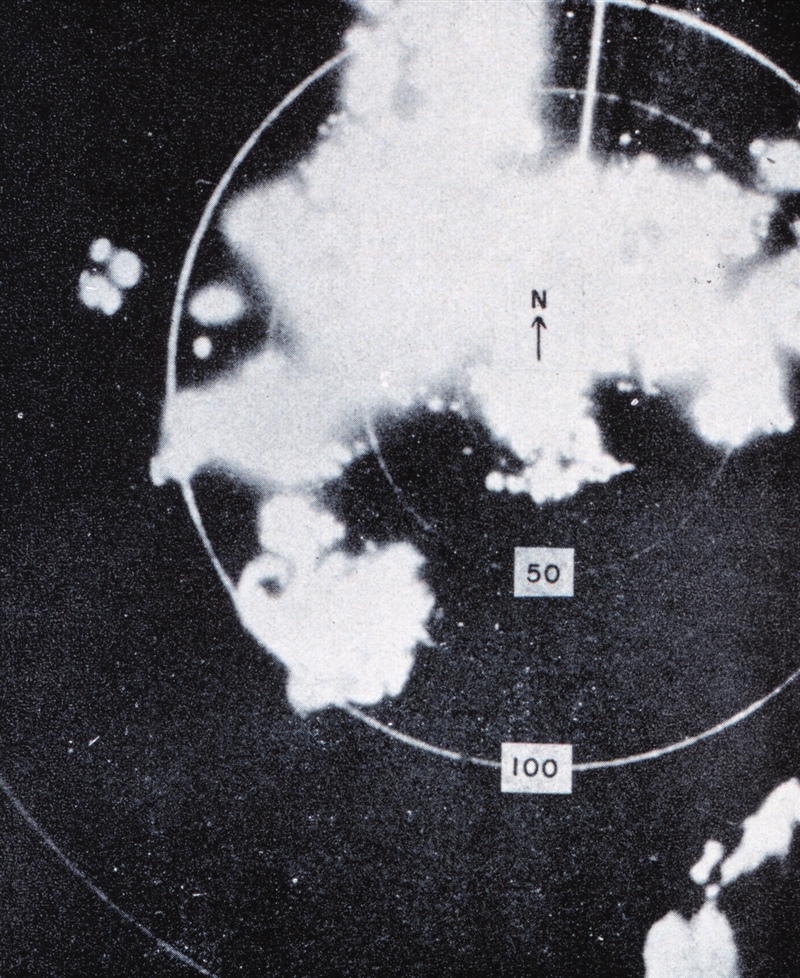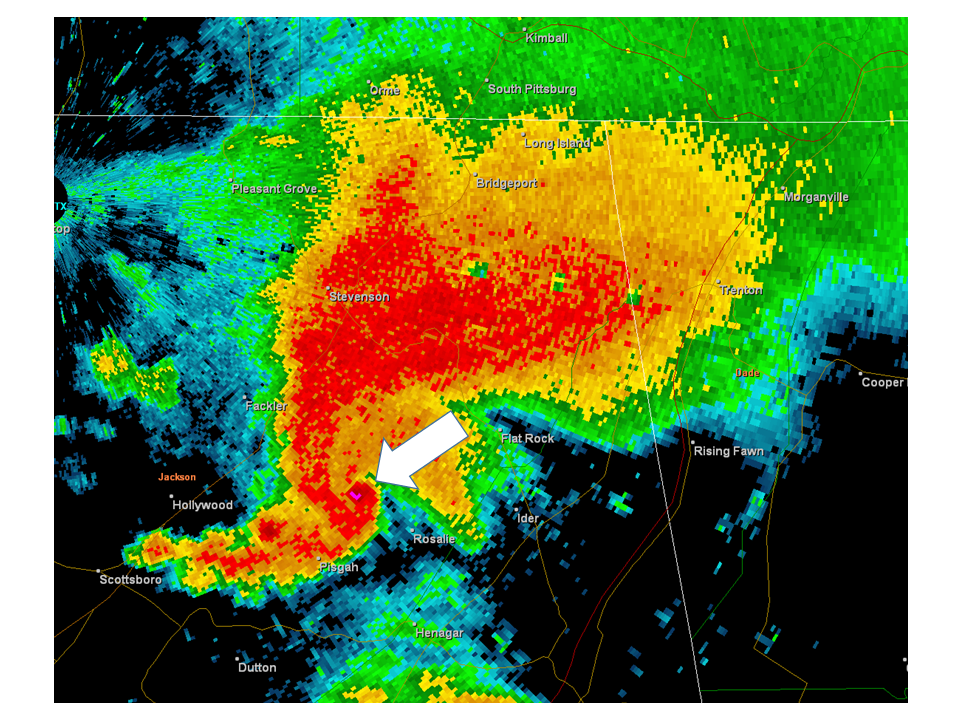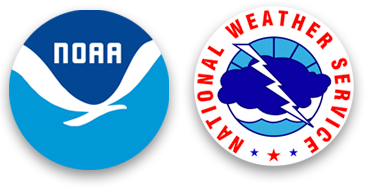The National Weather Service and the Evolution of Meteorological Radar - National Weather Service Heritage

The National Weather Service and the Evolution of Meteorological Radar
By Emily Senesac (emily.senesac@noaa.gov)A crucial element of modern meteorology, Radio Detection and Ranging, commonly known as radar, is used today in forecasting weather events like rain, sleet, snow and tornadoes. Though today’s radar has been adapted for meteorological application, the science behind this revolutionary technology came into being more than a century ago.
Beginnings
While it is commonly assumed that radar was a byproduct of military necessity in World War II, that isn’t the whole story. It is true in a way, but only to the extent that technicians and aviators in the war streamlined the technology and produced systems in great quantities. In fact, the fundamental principles of radar were first observed in late-19th century Europe by Henreich Hertz, a physicist. He discovered that electromagnetic waves could reflect off of various objects, and even be focused into beams by reflectors. From this baseline discovery, radar technology, knowledge, and experimentation began enthusiastically.
World War II
With the United States’ entry into World War II, the need for accelerated radar development was fully realized, primarily by Allied powers. In order to gain an advantage in the war, the US and Great Britain decided to pool all of their radar information, resulting in the development of the earliest modern radar. However, the use of radar for weather observations was discovered unintentionally. Using this groundbreaking technology to scan the skies for incoming airplanes, radar analysts noted that, during periods of heavy or intense weather, the radar would return strange signals and patterns. Upon further investigation, it was determined these “echoes” were caused by precipitation; thus, the idea to use radar technology for meteorological purposes was born.
Modifications for Meteorology
At the end of the war, the military donated at least 25 radar systems to the Weather Bureau, marking the beginnings of the US weather radar system. However, much of the donated equipment was specifically designed for military use. Weather Bureau scientists and technicians recognized the strengths and limitations of these older systems and began to modify and update the technology to better suit the needs of short-term forecasting. After some refining, the Weather Bureau rolled out its first network of radars in 1959.
As technology continued to improve, radar did the same: newer, more reliable computers quickly became available for the most accurate data possible. By the 1970s, researchers began developing a new generation of radar, one that would incorporate revolutionary Doppler techniques. This new capability would allow forecasters to not only see the location and intensity of precipitation or storm movement, but the movement of the precipitation and winds within the storm itself.
Radar Today
After a long decade of testing that spanned the entire 1980s, the NOAA National Severe Storms Laboratory and their partners deployed the latest-and-greatest radar technology in 1992: Next-Generation Radar (NEXRAD), a system that offered several improvements for the NWS. Increased data resolution provided by the NEXRAD gave forecasters the ability to see storms in greater detail, while Doppler velocities allowed forecasters to see wind fields and possible rotation within thunderstorms. Currently, a network of 159 NEXRADs are in operation across the country, having undergone several upgrades over the last 20 years of use. One of the most significant updates to the NEXRAD systems is the integration of dual polarization technology, a type of radar that allowed forecasters to receive information about precipitation size and shape, thereby leading to better rainfall estimates, flood warnings, and more.

stronger return in the tip of the hook-shaped echo is a “debris ball” signature (denoted by white
arrow) caused by debris being lifted by a tornado.
Looking ahead, NOAA researchers continue to investigate the next generation of weather radar technology including phased array, while extending the service life of the stalwart NEXRAD system.
Additional Reading
